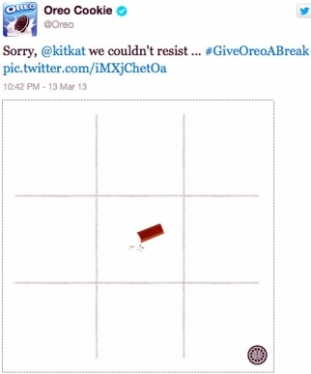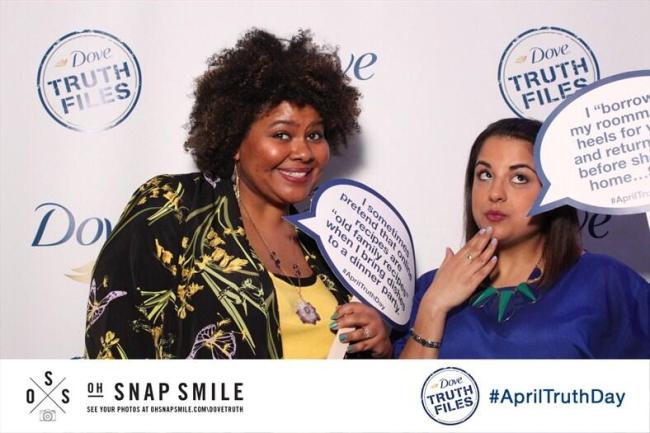Adidas recognizes the importance of having a social media policy. This company knows that social media is changing the way people talk and interact with one another. With that said, the company has fourteen guidelines when employees want to post on social platforms. The official policy can be found here.
These policies are an individual document and written in an informal tone. I applaud that. They are easy to find, follow and comprehend. Adidas definitely is trying to avoid all confusion when it comes to these guidelines.
Most of these guidelines are what I would consider common sense. For example, the company states that, “it is perfectly fine to talk about your work and have a dialogue with the community but it is not okay to talk about the design or name for the new World Cup ball months before its official launch.” Simply put, if the employee has signed a confidentiality agreement, they are expected to follow it on social media as well. Similarly, Adidas states if a document features “for internal use only,” don’t post it on social media. Another “duh” principle in Adidas’ social media policy is to respect your audience. So don’t use ethnic slurs, personal insults or obscenity. Got it.
Adidas enforces owning your mistakes. “Have you posted something that just wasn’t true? Be the first to respond to your own mistake.” With this, the company promotes transparency when using social media. If a mistake was made, publically correct it. Also, making sure the audience knows who is posting, what their title and affiliation is with Adidas is a must. The company wants to promote employees explicitly stating that the opinions expressed on social media are personal and do not reflect opinions of Adidas itself.
Some of these social media policies aim to protect the integrity and personal image of employees. “Be aware that others will associate you with your employer when you identify yourself as such. Please ensure that your Facebook, Linked-In, Xing or MySpace profile and related content is consistent with how you wish to present yourself with clients and colleagues.” While this may only be a suggestion and not a definite rule, I think including this guideline is effective and smart.
I really don’t have many qualms with the social media guidelines Adidas presents, but that is because they are guidelines. Because Adidas does not call this a policy, enforcing and having employees carry out these “rules” may be difficult. I think Adidas should reconsider their word choice to make the document seem more legitimate and law-like. I feel that employees would take the guidelines more seriously and the company would avoid social media fiascos in the future.







